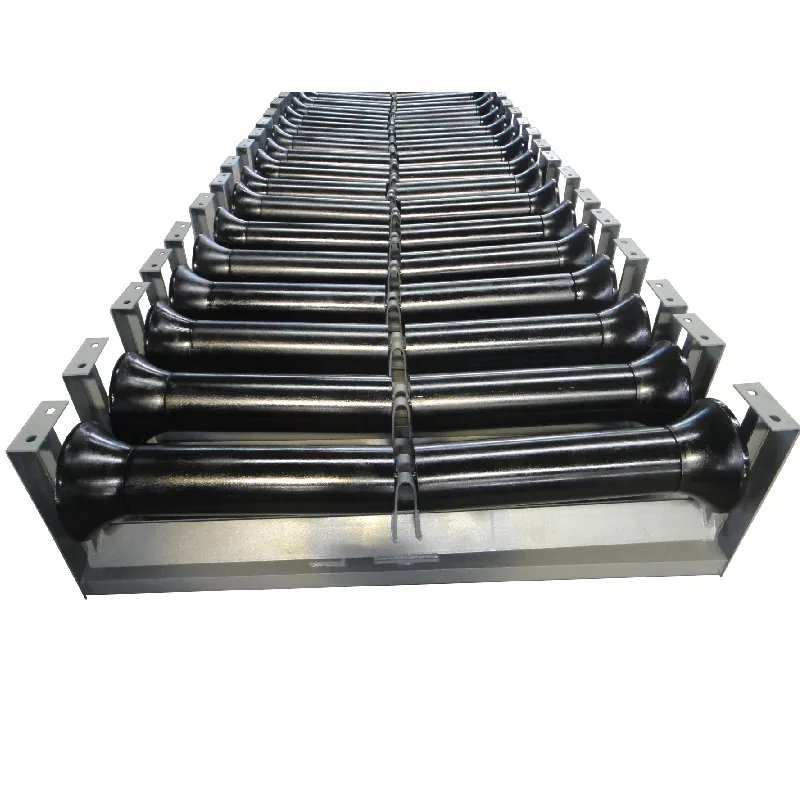 Afrikaans
Afrikaans  Albanian
Albanian  Amharic
Amharic  Arabic
Arabic  Armenian
Armenian  Azerbaijani
Azerbaijani  Basque
Basque  Belarusian
Belarusian  Bengali
Bengali  Bosnian
Bosnian  Bulgarian
Bulgarian  Catalan
Catalan  Cebuano
Cebuano  Corsican
Corsican  Croatian
Croatian  Czech
Czech  Danish
Danish  Dutch
Dutch  English
English  Esperanto
Esperanto  Estonian
Estonian  Finnish
Finnish  French
French  Frisian
Frisian  Galician
Galician  Georgian
Georgian  German
German  Greek
Greek  Gujarati
Gujarati  Haitian Creole
Haitian Creole  hausa
hausa  hawaiian
hawaiian  Hebrew
Hebrew  Hindi
Hindi  Miao
Miao  Hungarian
Hungarian  Icelandic
Icelandic  igbo
igbo  Indonesian
Indonesian  irish
irish  Italian
Italian  Japanese
Japanese  Javanese
Javanese  Kannada
Kannada  kazakh
kazakh  Khmer
Khmer  Rwandese
Rwandese  Korean
Korean  Kurdish
Kurdish  Kyrgyz
Kyrgyz  Lao
Lao  Latin
Latin  Latvian
Latvian  Lithuanian
Lithuanian  Luxembourgish
Luxembourgish  Macedonian
Macedonian  Malgashi
Malgashi  Malay
Malay  Malayalam
Malayalam  Maltese
Maltese  Maori
Maori  Marathi
Marathi  Mongolian
Mongolian  Myanmar
Myanmar  Nepali
Nepali  Norwegian
Norwegian  Norwegian
Norwegian  Occitan
Occitan  Pashto
Pashto  Persian
Persian  Polish
Polish  Portuguese
Portuguese  Punjabi
Punjabi  Romanian
Romanian  Russian
Russian  Samoan
Samoan  Scottish Gaelic
Scottish Gaelic  Serbian
Serbian  Sesotho
Sesotho  Shona
Shona  Sindhi
Sindhi  Sinhala
Sinhala  Slovak
Slovak  Slovenian
Slovenian  Somali
Somali  Spanish
Spanish  Sundanese
Sundanese  Swahili
Swahili  Swedish
Swedish  Tagalog
Tagalog  Tajik
Tajik  Tamil
Tamil  Tatar
Tatar  Telugu
Telugu  Thai
Thai  Turkish
Turkish  Turkmen
Turkmen  Ukrainian
Ukrainian  Urdu
Urdu  Uighur
Uighur  Uzbek
Uzbek  Vietnamese
Vietnamese  Welsh
Welsh  Bantu
Bantu  Yiddish
Yiddish  Yoruba
Yoruba  Zulu
Zulu conveyor belt drive pulley
Understanding Conveyor Belt Drive Pulleys
Conveyor belt systems are essential in various industries, serving as the backbone of material handling and transport. At the heart of these systems lies the drive pulley, a critical component that plays a significant role in the operation and efficiency of conveyor belts. This article explores the function, design, and significance of drive pulleys within conveyor systems.
Understanding Conveyor Belt Drive Pulleys
The design of the drive pulley is crucial for ensuring optimal performance. Drive pulleys are typically made from durable materials such as steel or reinforced rubber to withstand the wear and tear of continuous operation. Their surface often features a high-friction coating to enhance the grip between the pulley and the conveyor belt, preventing slippage and ensuring efficient power transfer. The diameter of the drive pulley also influences the speed and torque of the conveyor system, allowing for adjustments based on specific operational requirements.
conveyor belt drive pulley

One of the key advantages of a well-designed drive pulley is its ability to minimize energy consumption. An efficient pulley can lead to reduced operational costs by optimizing the motor's load and ensuring that less energy is wasted in the movement of the belt. This is increasingly important in today’s environmentally conscious world, where companies are looking for ways to reduce their carbon footprint and improve sustainability.
In addition to their operational efficiency, drive pulleys also play a role in the overall safety of conveyor systems. By maintaining a secure grip on the belt and minimizing the risk of slippage, they help prevent accidents and ensure a smoother material transport process. Regular maintenance of the drive pulley, including lubrication and inspection for wear, is essential to extend the lifespan of the conveyor system and avoid unexpected downtimes.
Moreover, technological advancements have led to the development of more sophisticated drive pulleys. Features like variable frequency drives (VFDs) allow for greater control over the speed of the conveyor system, making it easier to adapt to changing production demands. Data monitoring systems can also be integrated to track the performance of drive pulleys, helping operators identify potential issues before they lead to operational failures.
In conclusion, drive pulleys are vital components of conveyor belt systems, playing a crucial role in their functionality and efficiency. Their design, construction, and maintenance directly impact the performance of the entire conveyor system. As industries continue to evolve, the advancement of drive pulley technology will undoubtedly foster improvements in both operational efficiency and safety, making them even more indispensable in material handling applications.
-
Revolutionizing Conveyor Reliability with Advanced Rubber Lagging PulleysNewsJul.22,2025
-
Powering Precision and Durability with Expert Manufacturers of Conveyor ComponentsNewsJul.22,2025
-
Optimizing Conveyor Systems with Advanced Conveyor AccessoriesNewsJul.22,2025
-
Maximize Conveyor Efficiency with Quality Conveyor Idler PulleysNewsJul.22,2025
-
Future-Proof Your Conveyor System with High-Performance Polyurethane RollerNewsJul.22,2025
-
Driving Efficiency Forward with Quality Idlers and RollersNewsJul.22,2025





























